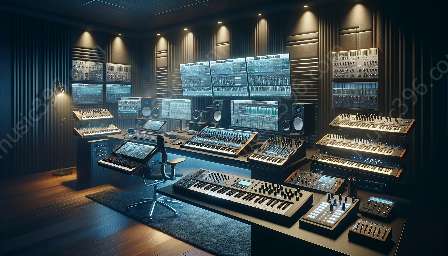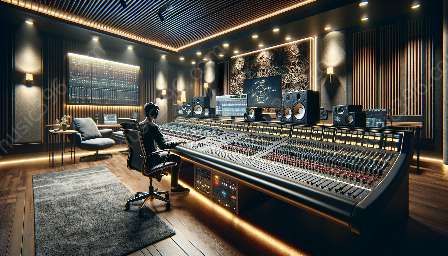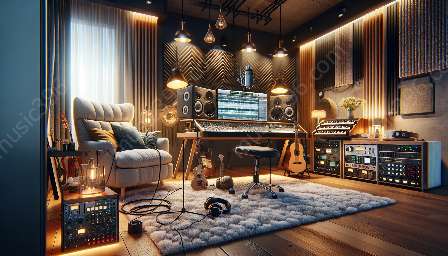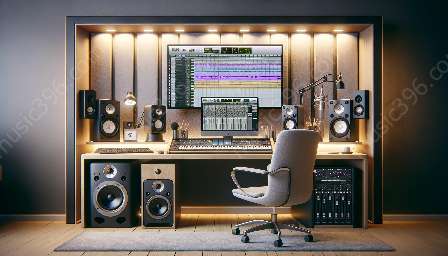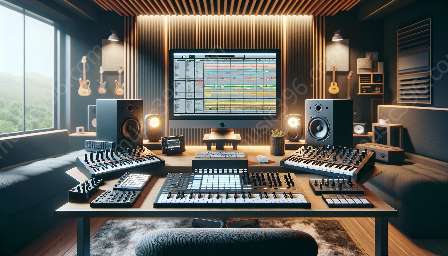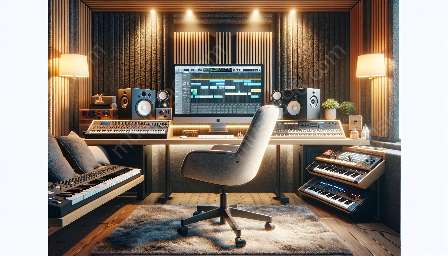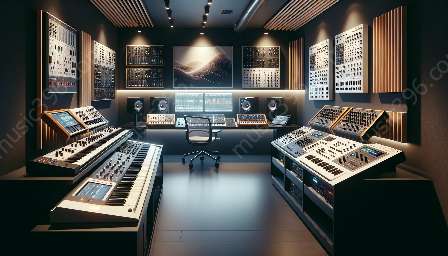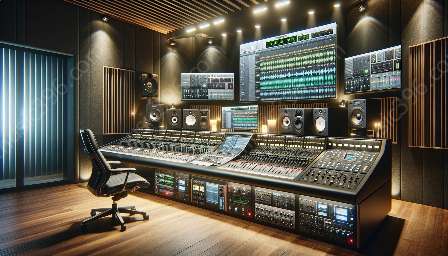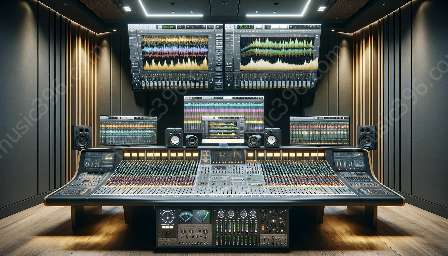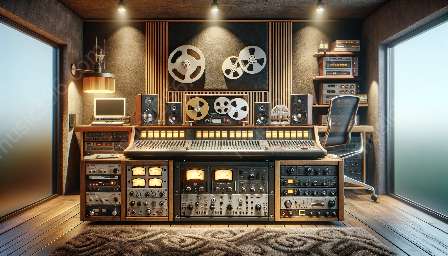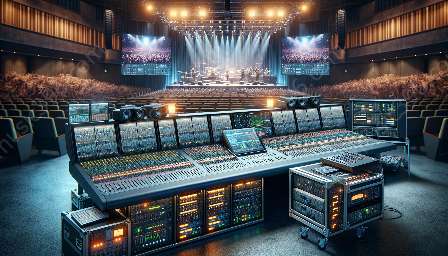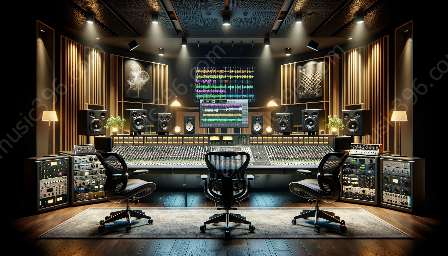Signal flow and audio processing are essential elements in the realm of dynamic processing in mix and audio production. This in-depth guide explores the intricacies, techniques, and practical applications of signal flow, audio processing, and their compatibility with dynamic processing and audio production.
Understanding Signal Flow
Signal flow refers to the path that an audio signal follows from its input to its output in a recording or production environment. It encompasses the various stages and components that the signal traverses, including microphones, preamps, mixers, processors, and outputs. Understanding signal flow is crucial for optimizing the audio quality and achieving desired sound outcomes.
Signal Flow Components
The signal flow typically comprises the following components:
- Input Source: This represents the initial point of audio input, such as a microphone or instrument.
- Preamp: The preamp amplifies the incoming signal, ensuring optimal levels for further processing.
- Mixer: In a recording or live sound setup, a mixer allows for combining multiple audio sources and adjusting their levels and tonal characteristics.
- Processing Units: These include various audio processors such as compressors, equalizers, reverbs, and delays, which shape and manipulate the audio signal.
- Output: The final stage of the signal flow, where the processed audio is directed to amplifiers, recording devices, or speakers for playback.
Audio Processing Techniques
Audio processing involves a diverse range of techniques aimed at modifying and enhancing the characteristics of audio signals. These techniques play a pivotal role in dynamic processing within a mix and are fundamental to the art of audio production. Some key audio processing techniques include:
- Compression: Compression reduces the dynamic range of an audio signal, effectively controlling its peaks and ensuring a more consistent level.
- Equalization (EQ): EQ allows for sculpting the tonal balance of the audio by adjusting the levels of specific frequency bands, enhancing clarity and removing sonic impurities.
- Reverberation: Adding reverb creates a sense of space and depth in the audio, simulating the acoustic characteristics of different environments.
- Delay: Delay effects introduce echoes and repetitions of the audio signal, adding depth and rhythmic interest.
- Modulation: Modulation effects such as chorus, flanger, and phaser alter the audio signal by varying parameters over time, imparting movement and texture.
- Dynamic Range Compression: By applying compression, the dynamic range of audio signals can be controlled, ensuring that quieter passages are brought up in volume while preventing excessively loud peaks.
- Multi-Band Compression: This technique allows for independent compression of different frequency bands, offering detailed control over the tonal balance and dynamic range of the audio mix.
- Parallel Compression: Also known as New York compression, this technique involves blending a heavily compressed signal with the dry signal to achieve a punchy and impactful sound without sacrificing transients.
- Automated Gain Riding: In mix automation, gain riding involves making subtle level adjustments to individual tracks, ensuring a consistent and balanced overall mix.
- Enhance Sound Quality: By understanding signal flow and applying audio processing techniques, producers can elevate the quality and clarity of audio recordings and productions.
- Shape Artistic Vision: Audio processing allows for artistic expression, enabling producers to sculpt the sonic characteristics of a recording to align with the intended artistic vision.
- Facilitate Mix Engineering: The knowledge of signal flow and audio processing equips producers to collaborate effectively with mix engineers, providing valuable insights and contributing to the sonic direction of a project.
- Music Production: In music production, understanding signal flow and audio processing is indispensable for shaping the sound of instruments and vocals, creating dynamic and impactful mixes, and adding sonic depth and polish to compositions.
- Podcast and Broadcast Production: For podcast and broadcast production, signal flow and audio processing techniques play a critical role in optimizing voice recordings, creating engaging soundscapes, and ensuring broadcast-ready audio content.
- Film and Video Production: In film and video production, signal flow and audio processing contribute to creating immersive soundtracks, enhancing dialogue clarity, and crafting compelling audio experiences to complement visual narratives.
Applications in Dynamic Processing in Mix
Dynamic processing within a mix involves manipulating the dynamics of audio signals to achieve a balanced and polished sound. Signal flow and audio processing techniques are integral to this process and play a crucial role in shaping the overall sonic landscape. In dynamic processing, the following techniques are commonly utilized:
Compatibility with Audio Production
Signal flow and audio processing techniques are highly compatible with the broader discipline of audio production. In audio production, these elements contribute to the creation of professional and engaging audio content. They enable producers to:
Practical Applications
Signal flow and audio processing find practical applications in various areas of audio production, including:
Conclusion
Signal flow and audio processing are fundamental to the landscape of dynamic processing in mix and audio production. By understanding the intricacies of signal flow and leveraging a diverse array of audio processing techniques, producers and engineers can achieve professional and expressive sonic results. Embracing these elements empowers creators to shape soundscapes with precision, creativity, and technical expertise, ultimately leading to captivating and impactful audio productions.





